Chord Primer
Chord Alterations
Description
Sometimes chords can’t be described by only a root and a suffix, and they require an alteration. Alterations are sometimes in parentheses, sometimes not. Here are a couple examples. Note: these alterations can be found with pretty much any chord.
C(add2)
1-2-3-5. Not rocket science. It’s a C major chord with an added 2:
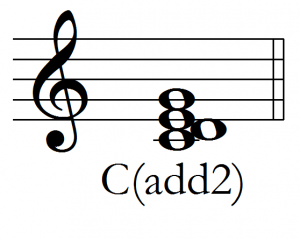
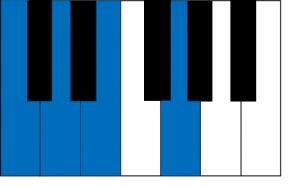
C(add4)
1-2-3-5. This chord is basically the combination of a C and a Csus. Sometimes you see it voiced with the 4th on top, rather than the 5th (as in the second example):

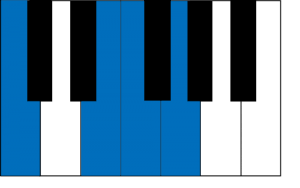
C(+4) or C(add#4)
1-3-#4-5. Sometimes you’ll see “+” used to indicate a sharp note. If this chord sounds strange as written, remember that there are lots of ways to order these pitches.
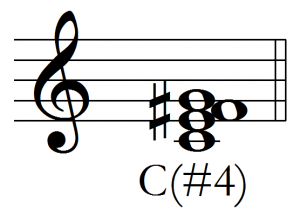
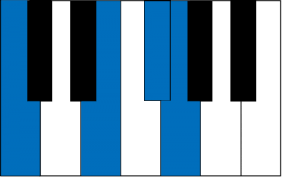
Cm(b2)
1-b2-b3-5. This is an example of a minor chord with an added b2. Less common, but groovy.
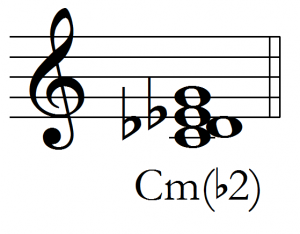

C(#11)
1-3-5-#11. Seriously? Life isn’t complicated enough? Actually, this isn’t that difficult to figure out. Here’s a C scale, extended beyond an octave:

You recognize the 9 from the 9th chords we discussed in the last section. The #11 works the same way. You can see it’s like a #4, but in the higher octave (and probably with a 9th implied)
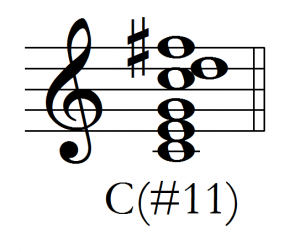

When you've completed the lesson, click the "Mark Complete" button to move on. If that button is missing, it's because you've already completed this lesson.
